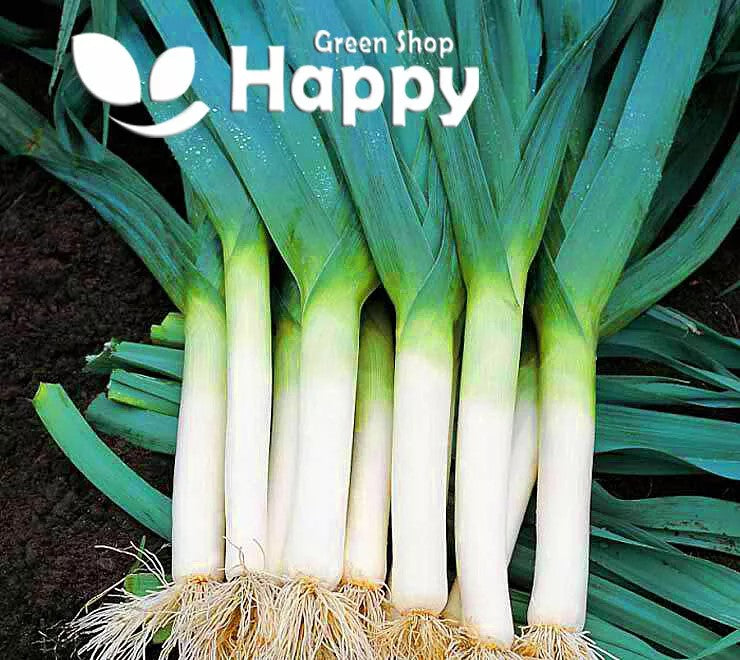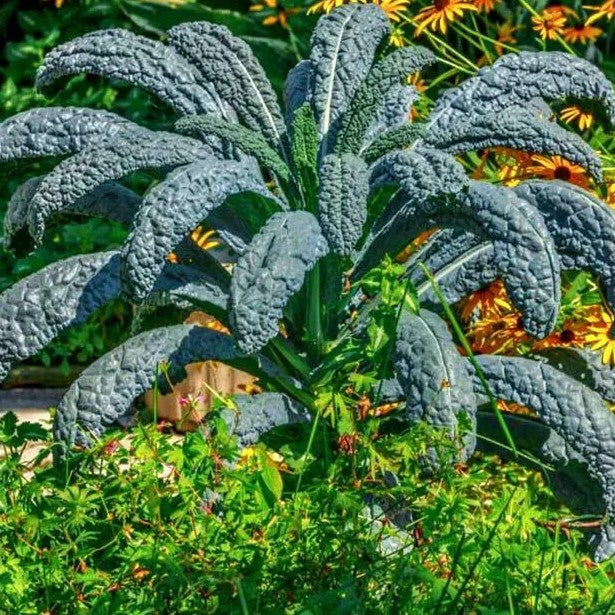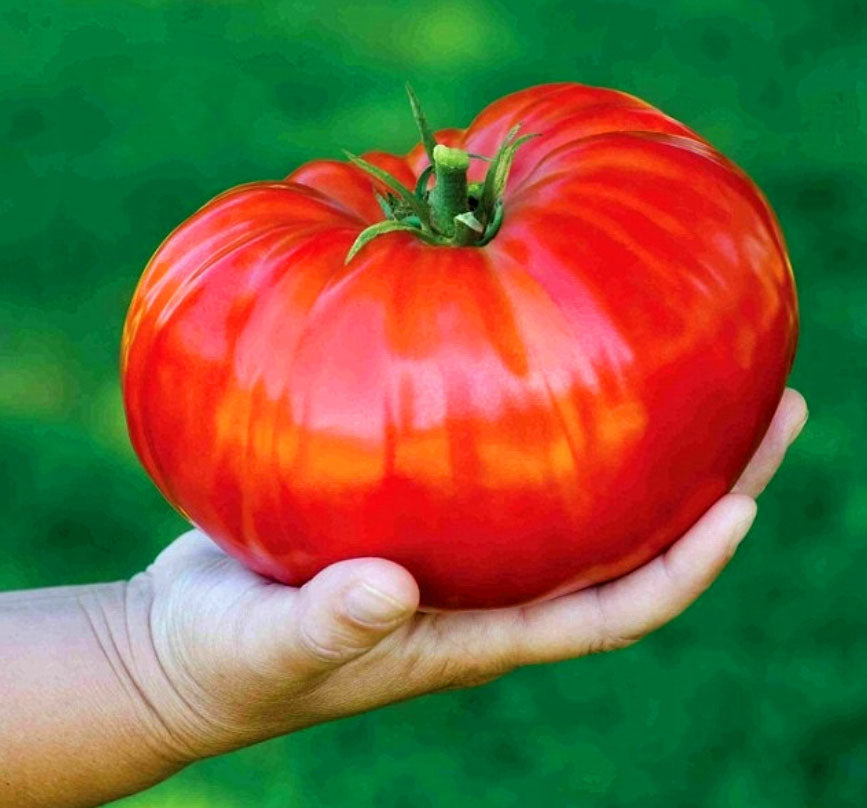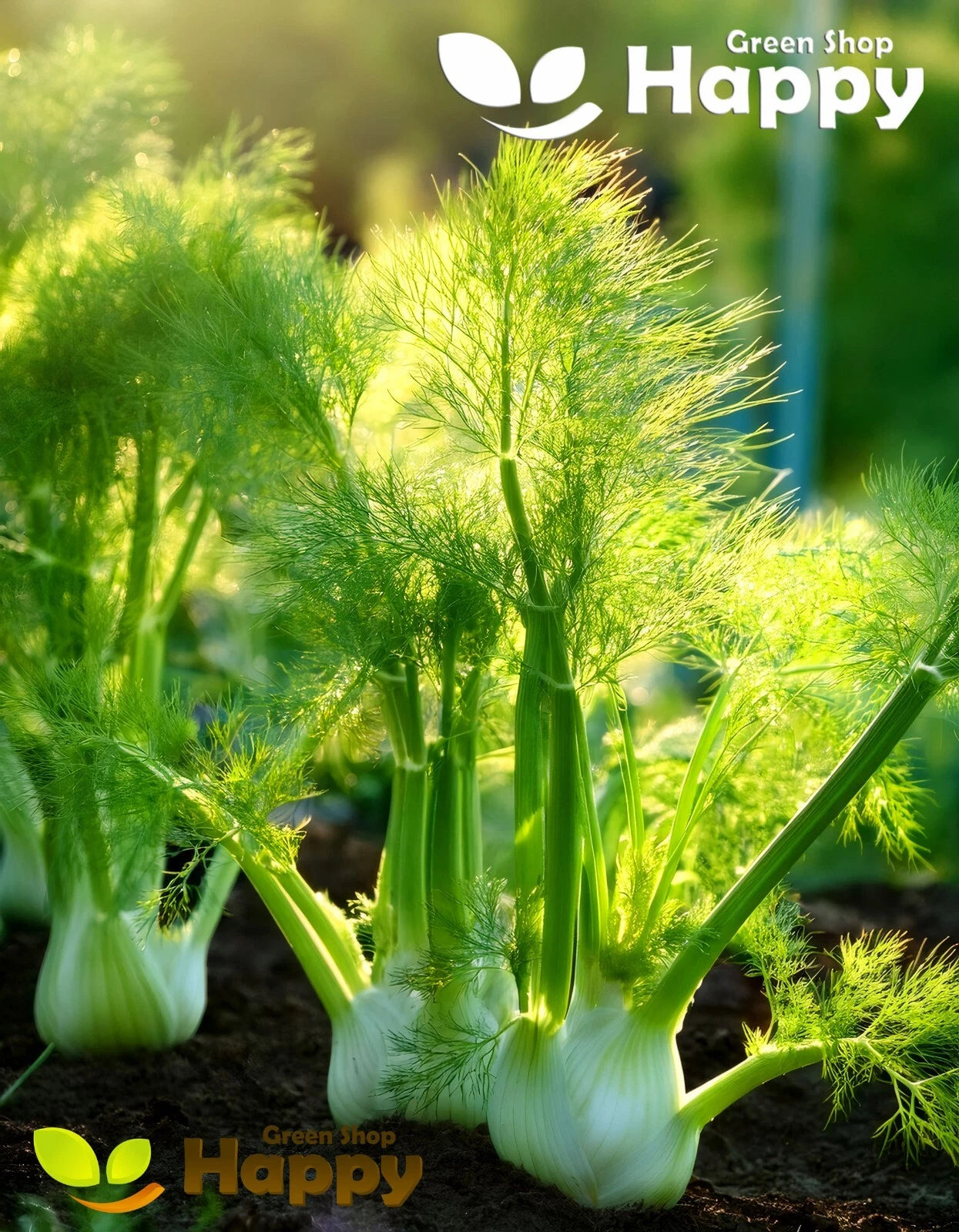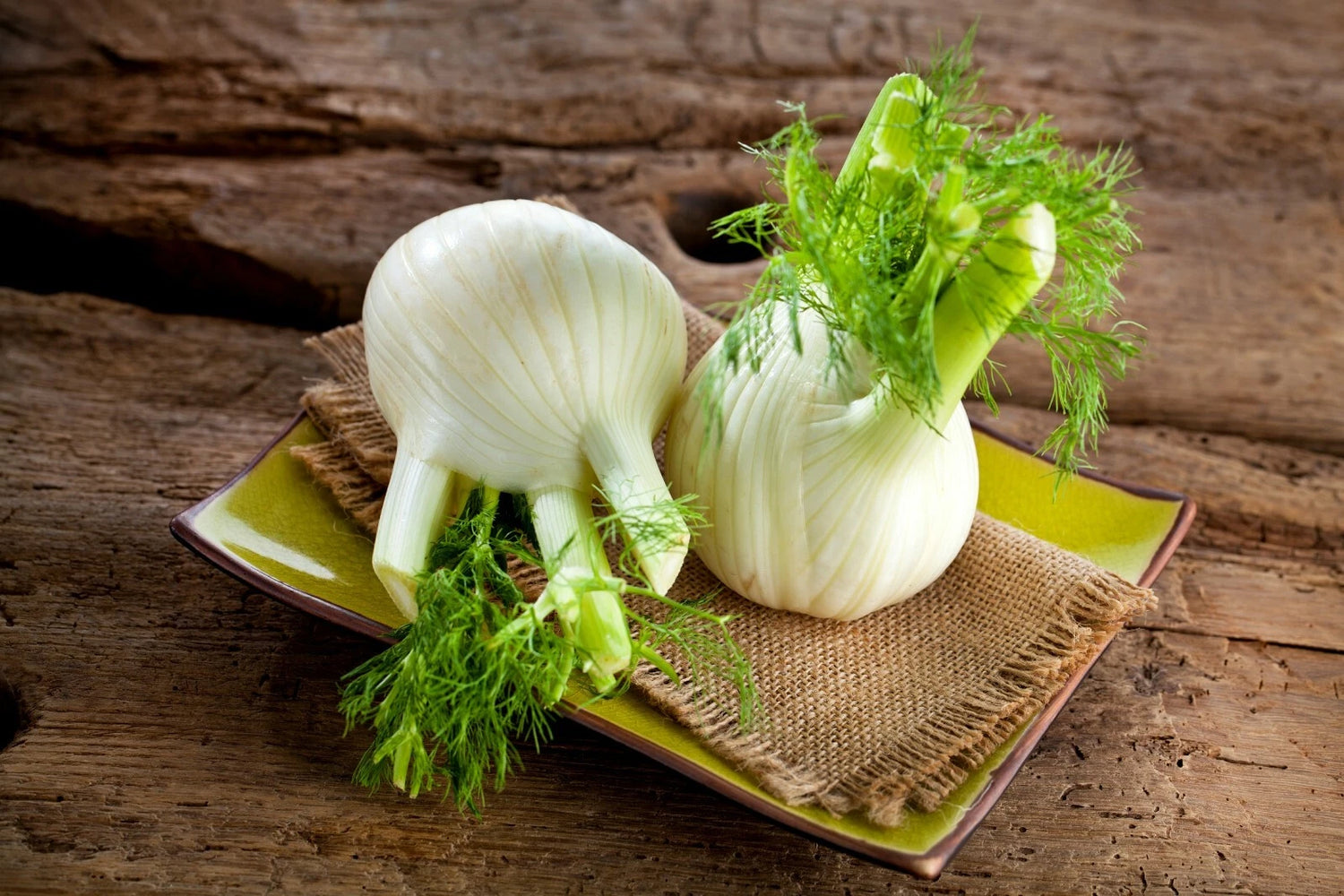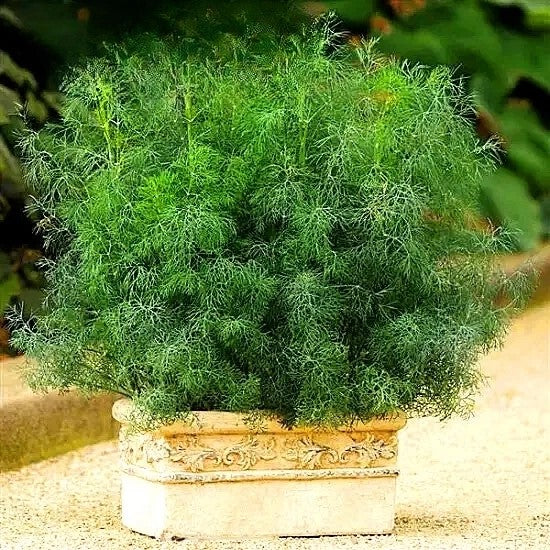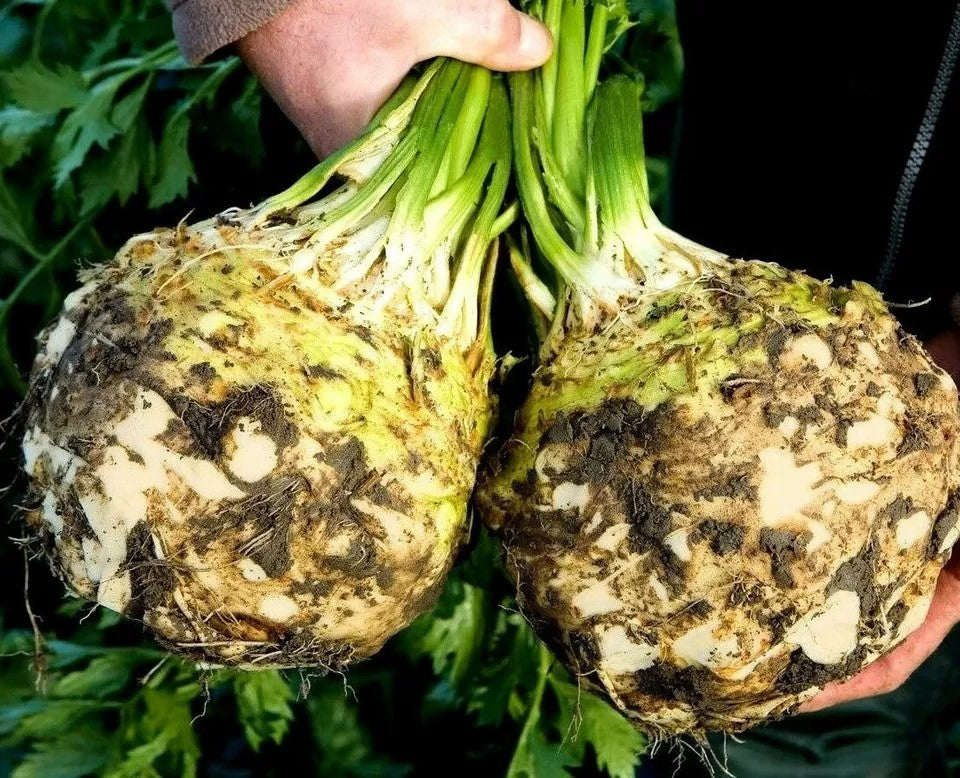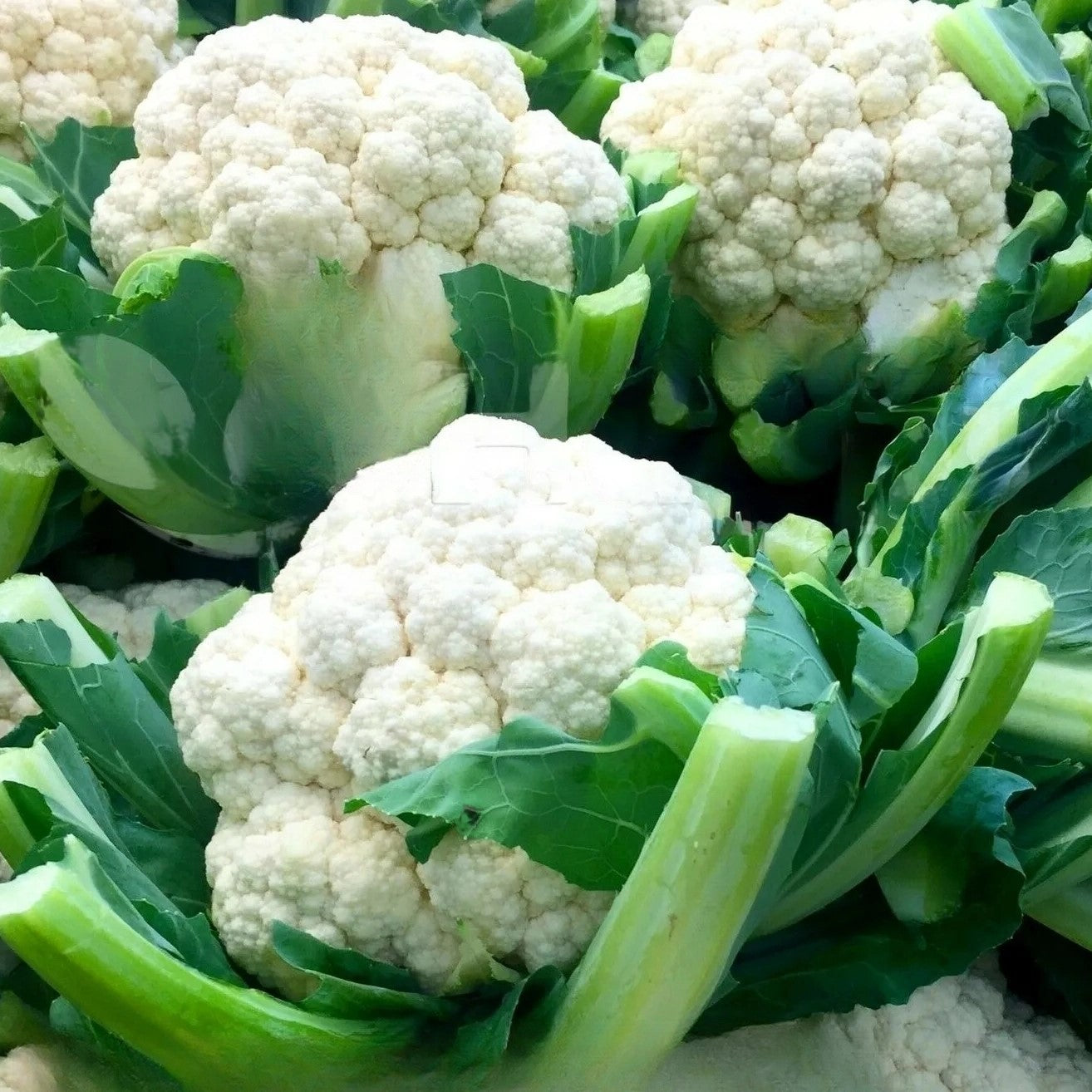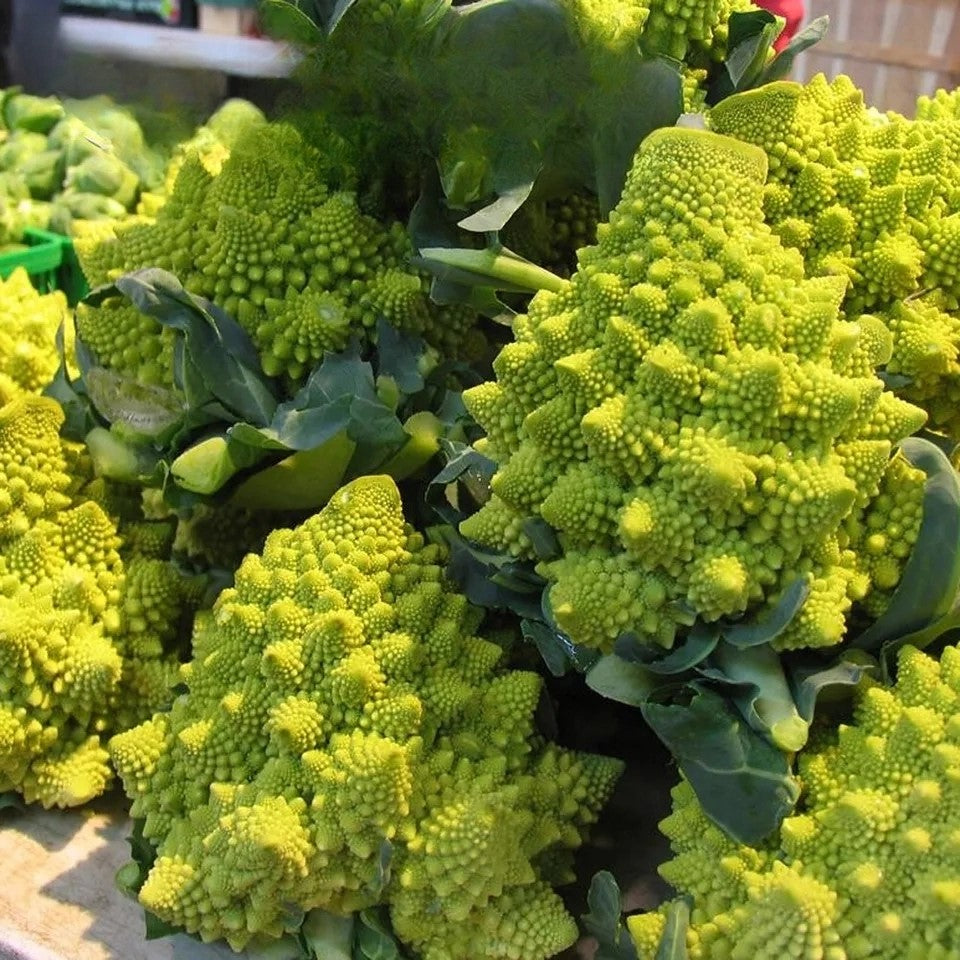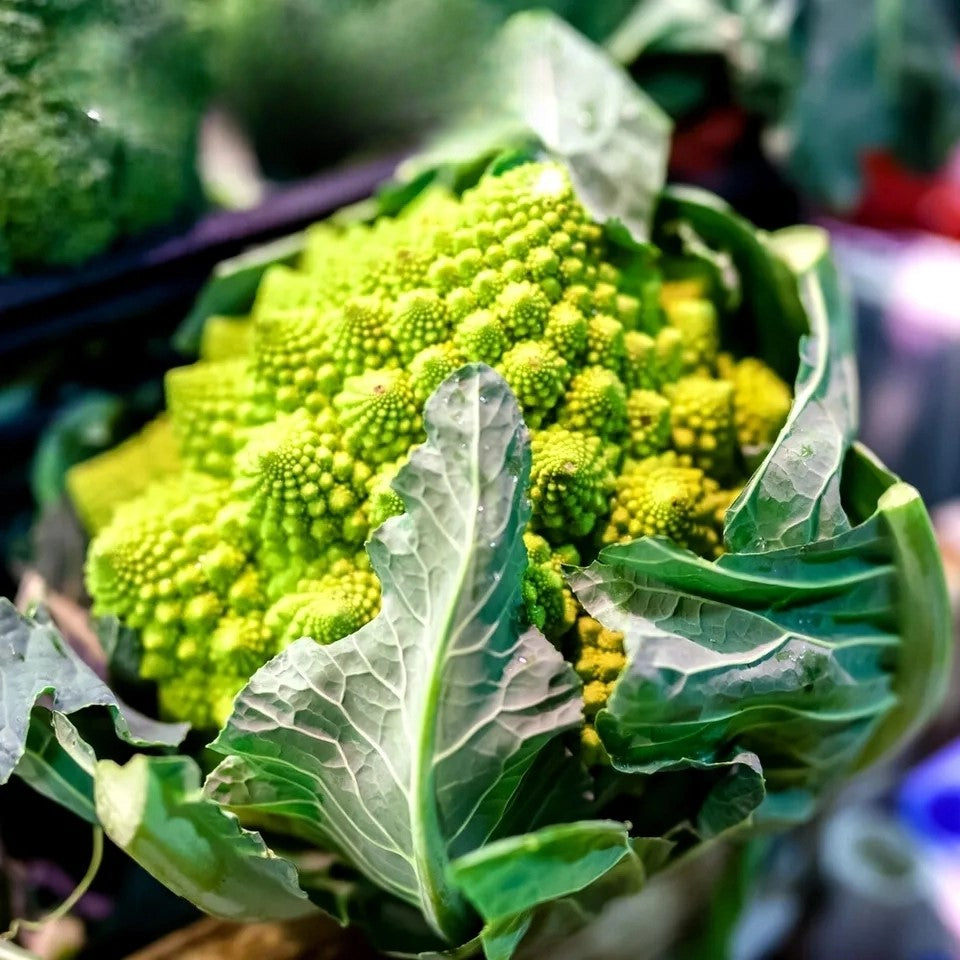Sort by:
33 products
33 products
Onion Tosca – 80 Seeds (Allium cepa)
Description:
Grow flavorful, versatile onions with Onion Tosca (Allium cepa). This high-quality variety produces medium-sized, firm bulbs with a mild, slightly sweet taste. Ideal for salads, cooking, and pickling, Tosca onions are easy to grow from seed and suitable for kitchen gardens, raised beds, and allotments. Resistant to common diseases, they offer reliable harvests throughout the season.
Key Features
-
Medium-sized, firm bulbs with mild, sweet flavor
-
Suitable for salads, cooking, and pickling
-
Disease-resistant and reliable variety
-
Easy to grow from seed
-
Ideal for home and small-scale gardens
Ideal For
-
Kitchen gardens and raised beds
-
Culinary use: raw, cooked, or pickled
-
Allotments and small vegetable plots
-
Home gardeners seeking reliable onions
Sowing & Growing
-
Sow Indoors: February–March
-
Transplant Outdoors: April–May, after frost
-
Germination: 10–14 days at 15–20°C
-
Spacing: 10–15 cm apart in rows 25–30 cm apart
-
Height: 30–40 cm
-
Light: Full sun
-
Soil: Fertile, well-drained, rich in organic matter
Care Tips
-
Water regularly but avoid waterlogging
-
Thin seedlings to prevent overcrowding
-
Fertilize lightly during growth
-
Harvest when bulbs are firm and tops begin to yellow
Kale Borecole 'Black Tuscan' – Seeds (Nero di Toscana)
Kale Borecole 'Black Tuscan' is a striking, dark-green to almost black leafy kale with deeply wrinkled leaves and a rich, earthy flavor. Also known as Nero di Toscana, this traditional Italian kale is perfect for soups, sautés, salads, and healthy smoothies.
Its hardy, frost-tolerant nature makes it ideal for cool-season gardening, and its dramatic foliage adds both culinary and ornamental value to vegetable beds.
How to Grow
-
Sow indoors: February – April
-
Sow outdoors: March – May
-
Plant spacing: 30–40 cm between plants
-
Position: Full sun to partial shade
-
Soil: Fertile, well-drained soil enriched with compost
-
Care: Water consistently; mulch to retain moisture; remove yellowing leaves to encourage growth
Key Features
-
Deep green, wrinkled leaves with rich, earthy flavor
-
Frost-hardy and suitable for cool-season growing
-
Perfect for soups, sautés, salads, and smoothies
-
Ornamental and culinary value in vegetable gardens
-
High-yielding and easy to cultivate
Harvest
-
Harvesting period: 60–90 days after sowing
-
Pick outer leaves regularly for continuous harvest; leaves improve in flavor after light frost.
Short Tip
Harvest leaves from the bottom up and after a light frost for the sweetest, most tender flavor.
Greek Oregano – Seeds (Origanum hirtum)
Greek Oregano (Origanum hirtum) is a robust perennial herb, prized for its intensely aromatic leaves that are essential in Mediterranean cooking. Known for its strong flavor, it is a must-have for seasoning pizzas, pasta, roasted meats, and vegetables. Easy to grow and drought-tolerant, it also produces clusters of small white flowers that attract bees and other pollinators.
Why Grow Greek Oregano?
-
Classic Mediterranean herb with strong, authentic flavor
-
Hardy perennial, easy to maintain
-
Drought-tolerant and thrives in poor soils
-
Attracts bees and pollinators when in bloom
Key Features
-
Type: Perennial herb
-
Height: 30–60 cm
-
Spread: 30–45 cm
-
Flowering: June–August
-
Position: Full sun
-
Soil: Light, well-drained
Ideal For
-
Culinary herb gardens
-
Mediterranean and rock gardens
-
Container growing
-
Pollinator-friendly borders
Sowing & Growing
-
Sow indoors: February–April in trays/pots
-
Germination: 10–21 days at 18–22°C
-
Transplant outdoors: After frost risk has passed
-
Direct sow outdoors: May–June
-
Spacing: 25–30 cm apart
-
Harvest leaves regularly for best flavor
Tip: Trim plants after flowering to keep them compact and encourage fresh growth.
Giant Tomato 'Brutus' – Seeds (Solanum lycopersicum)
Tomato 'Brutus' is a giant beefsteak variety, famous for producing some of the largest tomatoes you will ever grow. These fruits can weigh up to 1 kg each, with a meaty texture and rich, classic tomato flavor. Perfect for slicing, sandwiches, and hearty summer salads, 'Brutus' is a true showstopper in the vegetable garden.
This vigorous plant thrives in fertile soil with plenty of sun and water, rewarding growers with impressive yields of huge, delicious fruits.
How to Grow
. Sow indoors from February to April, 0.5 cm deep in trays or pots
. Transplant to greenhouse or outdoors after the last frost, spacing 60 cm apart
. Requires rich, well-drained soil in a sunny position
. Provide strong support with stakes or cages for heavy fruits
. Water regularly and feed with a tomato fertilizer for best results
Key Features
. Produces extra-large beefsteak tomatoes, up to 1 kg each
. Meaty texture with rich, full tomato flavor
. Excellent for slicing and cooking
. High-yielding variety with impressive fruit size
. Suitable for outdoor or greenhouse cultivation
Sowing & Harvest
. Sow from February to April
. Harvest from July to September
Short Tip
Remove side shoots to encourage fewer but larger fruits for record-breaking tomato harvests.
Fennel Bulb 'Florence' – Seeds (Foeniculum vulgare)
Fennel Bulb 'Florence' is a versatile and flavorful vegetable producing crisp, swollen white bulbs with tender, aromatic fronds. Known for its sweet, anise-like flavor, it’s perfect for roasting, grilling, salads, and soups. Easy to grow, this variety thrives in sunny, well-drained gardens and makes a striking addition to both kitchen and ornamental beds.
How to Grow
-
Sow seeds indoors from February to April or directly outdoors from March to June.
-
Plant 0.5–1 cm deep in fertile, well-drained soil.
-
Thin seedlings to 30–40 cm apart to allow bulb development.
-
Prefers full sun and consistent moisture.
-
Harvest bulbs when swollen and firm, before they become woody.
Key Features
-
Produces crisp, swollen white bulbs with aromatic fronds
-
Sweet, anise-like flavor ideal for cooking
-
Thrives in sunny, well-drained soil
-
Suitable for salads, roasting, grilling, and soups
-
Attractive addition to vegetable and kitchen gardens
Ideal For
-
Culinary use in fresh salads, soups, and roasting
-
Home gardens and raised beds
-
Gardeners seeking versatile, flavorful vegetables
Sowing & Harvest
-
Sow: February to June
-
Depth: 0.5–1 cm
-
Spacing: 30–40 cm
-
Harvest: June to September
Quick Tip
-
For best flavor, harvest bulbs before they get too large and the texture becomes tough.
Dwarf Dill 'Forrest' – Seeds
(Anethum graveolens) – Compact, Aromatic Herb
Dwarf Dill 'Forrest' is a compact, slow-bolting variety ideal for small gardens, pots, and window boxes. Its fragrant, feathery leaves are perfect for seasoning salads, soups, pickles, and fish dishes. This variety produces consistent, tender foliage and is easy to grow even in limited space.
Key Features
-
Type: Annual herb
-
Height: Dwarf, 25–35 cm
-
Flavor: Classic aromatic dill, mild and fresh
-
Harvest: Leaf harvest from 40–50 days after sowing
-
Use: Culinary seasoning, pickling, fresh salads
Ideal For
-
Small gardens, balconies, and containers
-
Culinary use in salads, soups, and sauces
-
Companion planting in vegetable beds
-
Homegrown, fresh herb supply
Sowing & Growing
-
Sow outdoors: March–June, thin seedlings to 10–15 cm apart.
-
Sow indoors: February–April, transplant seedlings carefully.
-
Soil: Light, well-drained, moderately fertile.
-
Sunlight: Full sun preferred.
-
Harvest: Cut leaves as needed; avoid cutting entire plants for continuous growth.
Care Tips
-
Keep soil evenly moist for tender leaves.
-
Regular harvesting encourages bushier growth.
-
Protect young plants from strong wind or heavy rain.
Celeriac ‘Albin’ – Seeds (Apium graveolens)
Celeriac ‘Albin’ is a dependable variety producing smooth, round roots with creamy white flesh and excellent flavor. Known for its tender texture and mild, nutty taste, this versatile root vegetable is perfect for mashing, roasting, soups, and salads. A slow-growing but hardy crop, it thrives in cooler climates and stores well through winter.
How to Grow
-
Sow indoors: February – April in trays or modules at 18–20°C.
-
Transplant outdoors: May, spacing 30 cm apart in rows 40 cm apart.
-
Prefers fertile, moisture-retentive soil in full sun.
-
Keep well-watered during dry spells to encourage large, smooth roots.
Key Features
-
Smooth, round roots with white flesh
-
Nutty, mild flavor for versatile cooking
-
Good storage qualities for winter use
-
Reliable variety for cool climates
Ideal For
-
Mashing, roasting, and soups
-
Winter storage and seasonal dishes
-
Home gardens and allotments
Sowing & Harvest
-
Sow: February – April
-
Harvest: October – December
Quick Tip
Remove side shoots during the season to focus the plant’s energy on swelling the root.
Cauliflower 'Octavian' – Seeds (Brassica oleracea)
Cauliflower 'Octavian' is a reliable mid-season variety producing large, firm, creamy-white heads with a mild, delicate flavor. Ideal for steaming, roasting, soups, and gratins, it is a versatile addition to any vegetable garden.
This hardy variety performs well in a range of soils, offers excellent disease resistance, and is suitable for home gardens, allotments, and small-scale cultivation.
How to Grow
-
Sow indoors: February – April
-
Transplant outdoors: April – June
-
Depth: 0.5–1 cm
-
Spacing: 40–50 cm between plants, rows 60–70 cm apart
-
Position: Full sun, sheltered from strong winds
-
Soil: Fertile, well-drained, rich in organic matter
-
Watering: Keep soil consistently moist for optimal head development
Key Features
-
Mid-season cauliflower with large, firm, creamy-white heads
-
Mild, tender flavor suitable for steaming, roasting, soups, and gratins
-
High-yielding and reliable growth
-
Excellent disease resistance
-
Ideal for home gardens, allotments, and small-scale cultivation
Harvest
-
Harvesting period: July – September
-
Harvest heads when compact and firm to ensure the best flavor and texture.
Short Tip
Blanch the heads by folding outer leaves over them to maintain whiteness and protect from sunburn.
Cauliflower 'Romanesco Natalino' – Seeds (Brassica oleracea)
Cauliflower ‘Romanesco Natalino’ is an extraordinary Italian heirloom, admired for its striking spiral, lime-green heads with a unique fractal pattern. More than just a showpiece, this variety is nutritious, delicious, and versatile – offering a slightly nutty, delicate flavor that works well roasted, steamed, or enjoyed raw in salads. Highly ornamental yet productive, it’s a standout addition to any vegetable garden.
How to Grow
-
Sow indoors: February – May in seed trays or pots.
-
Sow outdoors: May – June, directly into well-prepared soil.
-
Transplant: Harden off young plants and set them 60 cm apart in fertile ground.
-
Position: Full sun, rich, firm soil with good drainage.
-
Care: Keep soil consistently moist and protect young plants from pests.
Key Features
-
Stunning lime-green spiral florets
-
Mild, nutty flavor – more delicate than standard cauliflower
-
Traditional Italian variety
-
Attractive and productive crop
Ideal For
-
Kitchen gardens and allotments
-
Chefs and home cooks looking for something unique
-
Roasting, steaming, or eating raw
-
Eye-catching centerpiece in vegetable beds
Sowing & Harvest
-
Sow: February – June
-
Harvest: September – November
Quick Tip
For the best curds, ensure consistent watering and feed with a high-potassium fertiliser as heads develop.
Showing 27/33



